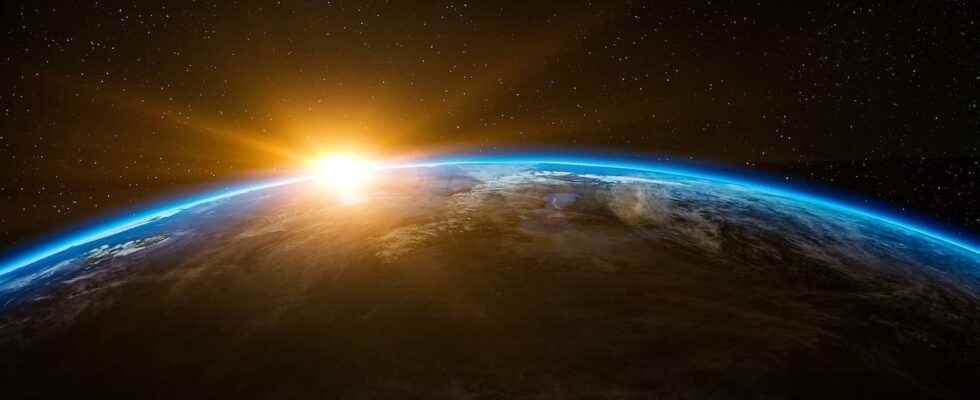In astronomy, the term magnitude apparent is used to define the perception we have of brightness of one star in the sky. Or the brightness what does a star such as seen from earth. The magnitude apparent is denoted “m”. And comparing apparent magnitude and absolute magnitude allows us to get an idea of the distance that separates us from a star.
The apparent magnitude depends on three factors. From the star’s intrinsic luminosity, of course. Of the distance which separates us from the considered star, of course. But also of what the astronomers call theextinction. Because, between the star considered and the Earth, the light will inevitably encounter dust and clouds of gas who will absorb or diffuse it. And among the main causes of extinction:atmosphere earthly. This explains why, at an equivalent diameter, the telescopes Space telescopes are more efficient than terrestrial telescopes.
No physical star information
Note that its apparent magnitude does not provide information on the real brilliance of a star. Nor on his nature physical, unlike the absolute magnitude which gives an idea of the intrinsic irradiance of the star. However, the scale remains the same. It is an inverse logarithmic scale. The transition from one magnitude to another is done by multiplying the luminosity by about 2.5. The inverse term means that the smaller the number, the brighter the object under consideration.
Thus, the faintest objects visible with the Hubble Space Telescope or with only one of the main telescopes of the Very Large Telescope (VLT) they have a magnitude of 30. That is objects 4 billion times less luminous than those that can be seen witheye naked. Good amateur telescope can see objects up to magnitude 15. This is called the limiting magnitude of the instrument. Binoculars can see up to magnitude 10, and the faintest objects visible to the naked eye have a magnitude of 6. Very bright objects, on the other hand, have a negative magnitude. Venus has a magnitude of -4.6, Sirius -1.4, the full moon of -12.7 and the Sun noon of -26.7.
You will also be interested
[EN VIDÉO] The Blue Planet seen by the Russian Electro-L satellite The Blue Planet (with many other colors) seen by the Russian Electro-L satellite. © Russian Federal Space Agency/James Drake/YouTube
Interested in what you just read?
